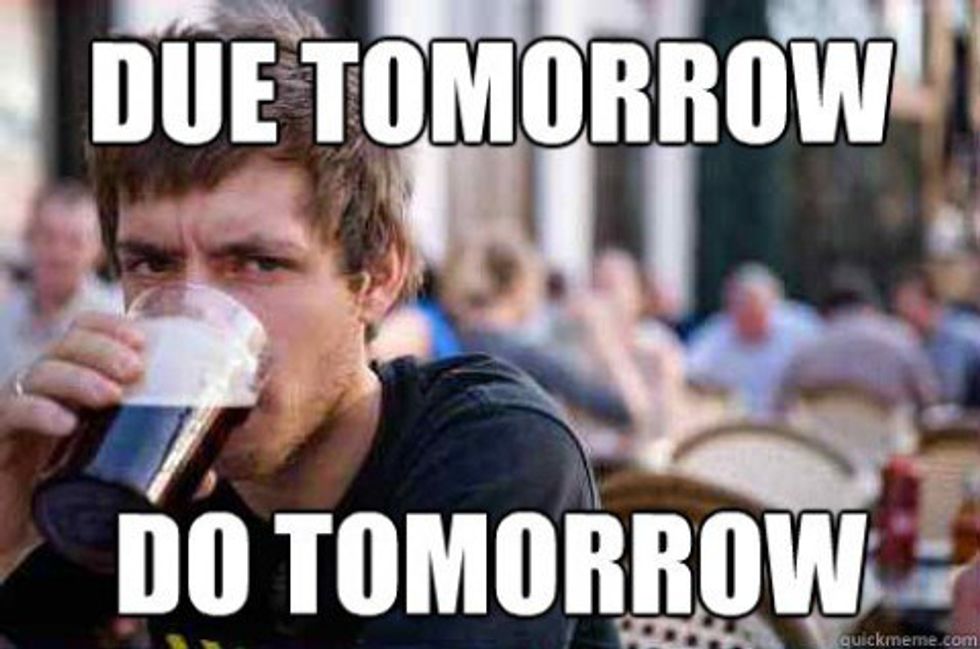It started in 2014. A single incident involving one young boy in a small village in a country on the Western Coast of Africa. He, Emile, was the zero patient and the victim of what would later be broadcast across media outlets, an image of the microscopic squiggly loop of the Ebola virus. As time wore on, the Ebola virus would eradicate entire villages and herald predictions of doomsday across the globe. Within less than two years, the disease killed over 11,000 people according to BBC News. The international crisis was met with determination from the UNICEF organization which immediately responded to the epidemic and continues to provide its assistance in highly impacted regions. Ebola’s spread and impact has been widely covered by the media, bringing stories, such as those of Alhassan Kemokai, to light.
A 34-year-old father from Sierra Leone, Alhassan Kemokai was infected with the Ebola virus and, fortunately, survived the disease. While he was infected with Ebola, he endured the fevers, bleeding, and vomiting that generally accompany the disease. Following his dismissal from the health facility, he began to offer his assistance to Ebola workers, exposing himself to the virus for the sake of others. He describes to UNCIEF his volunteering to perform the most “high-risk jobs” because his immune system, which had already been exposed to the disease, was capable of warding off a second infection. He came into direct contact with patients and the bodies of dead patients. Acting out of selflessness, he placed himself into extraordinary conditions to assist patients and assist other healthcare givers, and when he suspected that he had contracted the infection again, he removed himself from contact with other people.
Along with over West African countries, such as Guinea and Liberia, Sierra Leone, where Alhassan Kemokai lived, was highly hit by the epidemic. To meet the demands of the epidemic, UNICEF was active in each of these countries, setting up medical facilities, providing water and sanitation, and sending vaccines, medicines, supplements, IVs, protective clothing, and mosquito nets.Over 13,000 cubic meters of supplies were shipped to areas to combat the spread of the virus. In 2014 alone, 4 million routine vaccines were administered to ensure better health. By providing these resources as well as trained workers, it was able to improve the survival and prevention of infection. UNICEF also mobilized communities to support and to be informed about the disease through the media, community leaders, and social workers. UNICEF reached out to over 20,000 local leaders and educators to raise awareness and caution. In addition, the organization provided basic necessities such as food and water supplies.
Although the epidemic has subsided, the after effects of the virus still linger, and UNICEF is still active. Infected individuals are provided with water and sanitation at medical facilities supplied with treatments. Health workers in these regions are trained to diagnosis and treat these patients most effectively, and educational materials have been distributed to rebuild communities where children’s education was interrupted by the epidemic.
Life after the outbreak has not been without its challenges for Alhassan Kemokai, unfortunately. Survivors of Ebola face the stigma of having had the deadly disease. People from Alhassan Kemokai’s community will even refer to him as one of the “Ebola people”. One of the greatest challenges is showing people that Ebola survivors can no longer transmit the virus and are not health threats. For that reason, UNICEF has coordinated with 45 radio stations and approached 400,000 homes to increase awareness and understanding of the disease to transition survivors back into healthy lives.






















